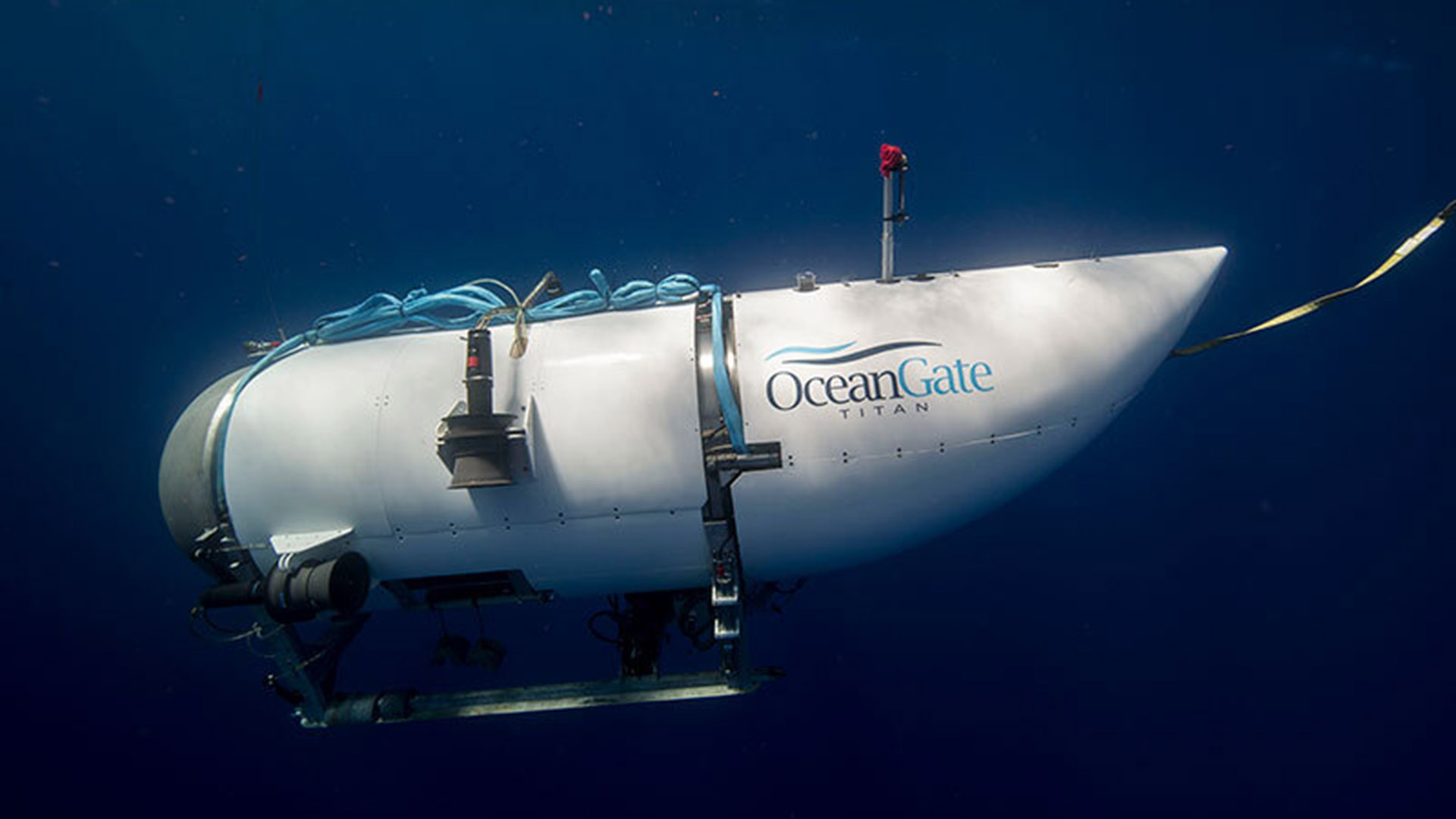

The chances of successfully rescuing the five people aboard the missing Titan submersible have dropped precipitously as the vessel’s oxygen supply likely expired on Thursday morning.
Titan’s mothership lost contact with the submersible on Sunday about one hour and 45 minutes into its dive to the wreck of the Titanic. The U.S. Coast Guard has led a massive search effort covering an area twice the size of Connecticut that has so far failed to locate the vessel either above or below the water.
A Coast Guard spokeswoman told NBC News that the oxygen aboard Titan was expected to run out by 7:08 a.m. Eastern Time on Thursday.
As of early Thursday morning, the Coast Guard was still referring to efforts to find Titan as a rescue rather than a recovery mission.
Subscribe to Task & Purpose Today. Get the latest military news and culture in your inbox daily.
Media outlets have identified the five people aboard Titan as Stockton Rush, who founded the company that owns and operates Titan; British businessman Hamish Harding; French diver Paul-Henri Nargeolet; Pakistani billionaire Shahzada Dawood and his 19-year-old son Suleman.

The fate of the Titan and those aboard remains unknown. Rolling Stone first reported on Tuesday that a search aircraft detected “banging” noises in 30-minute intervals coming from the area where the submersible had disappeared.
Coast Guard Capt. Jamie Frederick told reporters on Wednesday that a Canadian P-3 Orion aircraft had detected underwater noises, but underwater remotely-operated vehicles had been unable to identify their source.
Frederick, response coordinator for the 1st Coast Guard District, was unable to confirm that the underwater noises were coming at 30-minute intervals.
“That data was sent immediately to the Navy last night, and it was analyzed overnight; they’re still looking at it, but I can tell you that it’s inconclusive,” Frederick said at a news conference on Wednesday.
“We need to have hope, alright, but I can’t tell you what the noises are,” Frederick said later. “All I can tell you – I think this is the most important point – we’re searching where the noises are, and that’s all we can do at this point.”
The Titanic’s wreckage is roughly 13,000 feet below the North Atlantic Ocean. CBS correspondent David Pogue, who featured Titan in a story last year, tweeted on Tuesday that the submersible had become lost for five hours during one dive on the wreck during his trip.

Pogue added that Titan does not have any sort of locating beacon and the only way to communicate to the submersible was through short text messages.
U.S and Canadian Coast Guard vessels and aircraft along with commercial vessels searched for the Titan on the ocean’s surface and more than two miles underwater. Three C-17 transport aircraft from U.S. Transportation Command flew rescue equipment from Buffalo, New York, to St. John’s Newfoundland, Canada, which is roughly 400 miles away from Titan’s last known location.
By Wednesday, the Navy had deployed a Flyaway Deep Ocean Salvage System, or FADOSS which is capable of aircraft and small vessels from up to 20,000 feet below water, to Newfoundland; but it was clear that the system would not be able to reach the stricken submersible in time if it were located.
A Navy official told reporters on Wednesday that the service was still looking to charter a vessel to carry the FADOSS, and then it would take another 24 hours to weld the system to the ship’s deck. The ship will then have to travel to Titan’s last known location.
The FADOSS was most recently used in July 2022 to recover an F/A-18E Super Hornet that had blown off the deck of the aircraft carrier USS Harry S. Truman and sank 9,500 feet into the Mediterranean Sea. The system also retrieved a Navy MH-60S Seahawk helicopter that crashed into the Philippine Sea in January 2020 that was 19,075 feet below water.
The latest on Task & Purpose
- Is Ukraine winning the war against Russia?
- Air Force sends F-22s to Middle East to deter aggressive Russian pilots
- Army secretary concerned ‘woke military’ criticism could hurt the service
- Fort Sill commander fired amid investigation
- Fort Polk is renamed Fort Johnson
